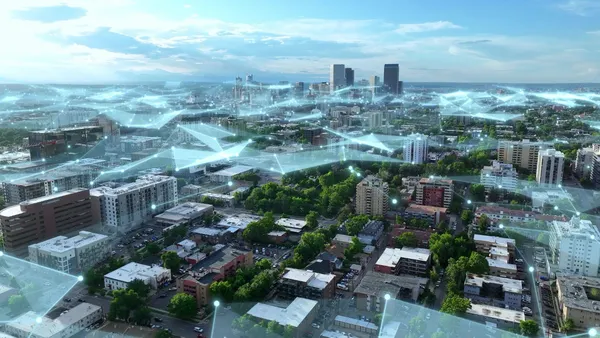Editor's Note: The following is a guest post from Vivek Joshi, founder and CEO of Entytle.
Unfortunately for most, Internet of Things (IoT) and particularly Industrial IoT (IIoT) remains a continuously advancing horizon. Fix-before-failure, predictive maintenance, smart metering, asset tracking, have all been touted as the killer-apps of IIoT for a long time.
To be fair, IoT is trending in the right direction, but is not fully there yet. It turns out that the reason is pretty simple. It’s been reported that roughly 2% of Cisco’s IoT devices "call home." For industrial manufacturers, it’s the same story but exacerbated by the fact that they must rely on their unconnected installed base for any aftermarket growth. Equipment that was installed years and even decades ago is certainly not connected. So, how do you deploy fix-before-failure on un-connected assets?
Data science to the rescue
Where IoT can’t come to the rescue, data science could. The question many manufacturers are asking every day is: how can we leverage customer data (things like orders, service records, call center logs, sales opportunities) across a variety of systems (like CRM, warranties, service contracts, etc...) to extract patterns of customer behavior and usage to predict customer needs?
But there’s more. How can these companies get better at predicting the health of drifted customers? How do they increase the linkage rate of customers so more assets are under contract? How do they ultimately improve the connect rate for our customers, so they can drive top-line revenue by recovering lost wallet share?
Data science can, and does, provide some answers. AI-driven platforms like Entytle Insyghts are helping B2B manufacturers harness the power of their historical and new customer data to increase installed base visibility, identify patterns and predict customer service and sales needs. Ultimately, it’s up to a company’s service, marketing and sales team to do something with these insights: which means that a certain degree of change management needs to happen too.
Manufacturers embracing this new approach are transforming their aftermarket approach from being reactive to proactive. They are improving their connectivity with customers are driving better outcomes for their customers. As Jensen Huang, CEO of Nvidia said, “Software may be eating the world, but AI is going to eat software.”
The promise of IIoT to B2B manufacturers
The promise of IIoT is massive: harnessing machine data, sensor, fault logs, operational information etc. to drive very specific and targeted insights, with the main goal of preempting failure events and ensuring high asset uptime. These ideas are not new; about 25 years ago, GE, Rolls Royce and other engine makers would routinely get performance data off an engine to understand failure, duty cycle etc. What was hard then is much easier now.
But there are still a couple of problems with the GE and Rolls Royce engine model. First, not everything in the field is a Rolls Royce engine. In fact, most installed equipment isn't, and these assets also don’t have sensors on them. The result: a vast majority of the installed base of manufacturers is mostly unconnected and the timeline to connecting is way in the future. It gets worse: for the small minority of devices that are connected, getting actionable data from those them remains a long-term objective.
Finally, those manufacturers that are connected with sensors and have the ability to remotely extract data, are complacent just collecting gobs and gobs of it and promptly relegating that same data to a system where it’s rarely touched.
The IoT for unconnected things
Corporations are sitting atop vast amounts of information collected from daily interactions with customers. This ranges from order entry events, invoices, field service calls, tech support, CRM records and so on. These datasets have great value standalone, but they can provide great insights on customer and asset behavior when analyzed collectively.
Data can now be used to predict failures, service events, sales opportunities etc. More importantly, it helps drive timely, targeted and proactive engagement with customers, which ultimately drives loyalty and lifetime revenue growth for the manufacturer.
This data already exists and can be reviewed and analyzed today, with deployment "tomorrow." It’s the IoT for unconnected things.









